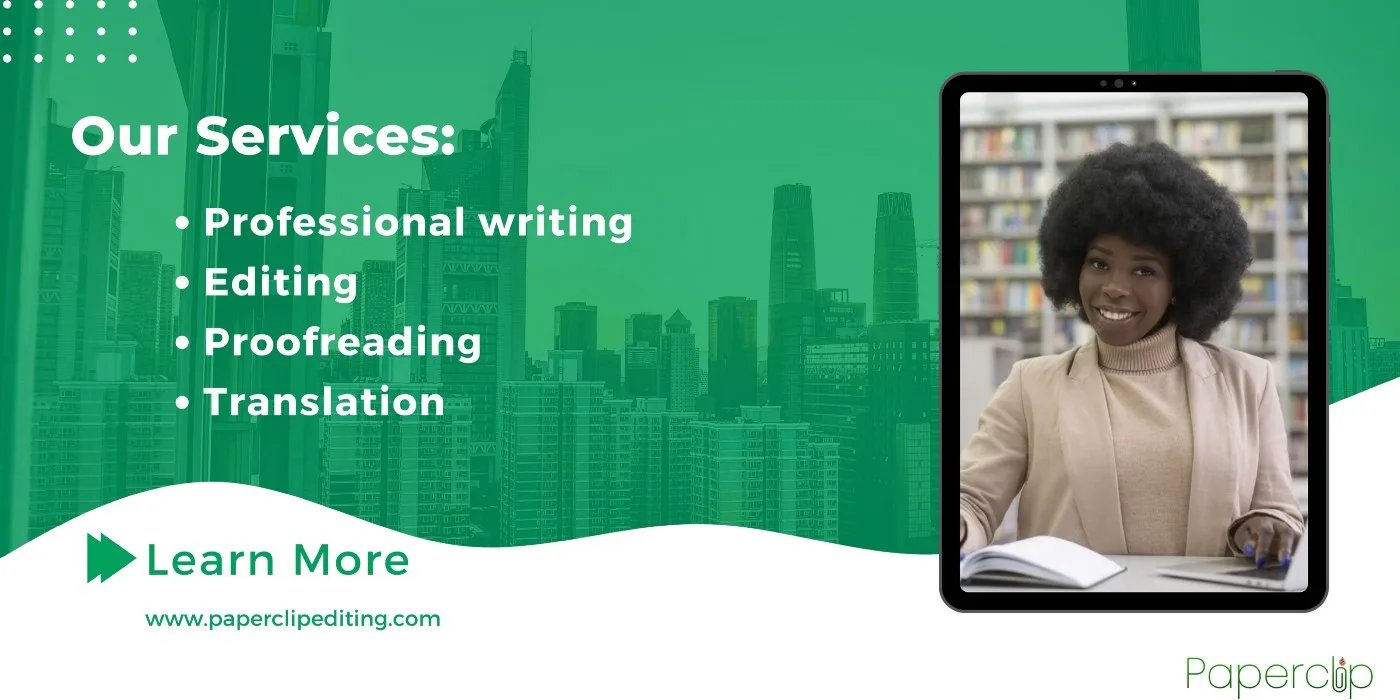Useful Proofreading Techniques for Business Communication
Your document has finally been written and reviewed. Before sending out the document, there is one last thing you need to do. You need to proofread to ensure that the document is error-free and presentable. Proofreading can be quite a challenging task because of the amount of focus and attention to detail it requires.
Not a lot of people are convinced of the importance of proofreading a document before sending it out. They think there is no need for proofreading after editing your final draft; however, this could not be further from the truth. Proofreading is a vital step in the writing process.
First, we need to know what proofreading is and what it entails. Proofreading is the last stage of the writing process when a document is reviewed and checked for errors before sending it out. Proofreading involves thoroughly reviewing a text to ensure its overall consistency and clarity.
The importance of proofreading a business document cannot be overemphasized. When you proofread your document, it elevates its quality and by extension conveys your organization in a positive light.
To ensure that your document is properly proofread, the following are a few useful techniques for you to follow. These techniques when utilized will exponentially improve the quality of your business document.
Proofreading Techniques for your Business Documents
1. After writing and editing, take a break (at least 24 hours) before proofreading. This will help increase your focus and objectivity while working on the document.
2. Many writers find it easier to proofread a printed document. This is because it is easier to read and notice errors on hard copies.
3. While proofreading, read your documents aloud
4. To ensure consistency in a business document, follow the guidelines and style standards of the organization you are writing for
5. Keep in mind that business documents are meant to be direct and concise. Eliminate unnecessary words and fillers such as ‘just’, ‘really’, ‘very’, etc.
6. Avoid the use of acronyms or special terminologies in your document and if at all you must, explain all terms used in the document.
7. Check for consistencies in formatting and sequencing
8. Scan through your document with editing software to check for spelling and grammatical errors. Grammarly and Microsoft Spell-checker are examples of such software.
9. Like every other skill, proofreading needs to be learned and developed. Take proofreading classes to help you master the process.
10. Some grammatical mistakes can be tricky and difficult to catch. You need to be thorough in fishing out every and all mistakes in your documents.
11. Accuracy is a vital feature of every business document. Fact-check all information contained in the document to ensure its accuracy.
12. Double, in fact, triple-check all numerical information such as date, time, number, and price. Having a misplaced decimal or one single wrong number in a budget can be disastrous.
13. Check hyperlinks and phone numbers to ensure they are accurate
14. Ask someone else to proofread for you. Outsourcing the proofreading of your document can be a valuable investment. After writing and editing your document yourself, you may not be objective enough to effectively proofread your document. Also, not every writer has the patience, or the time needed to properly check their text to ensure it is error-free. To make this easy for you, you can contact us at Paperclip for our professional proofreading services.
At Paperclip, our proofreading services involve checking written documents for spelling and grammatical errors, as well as syntax and sentence structure. Our team of professional proofreaders is meticulous and committed to providing only the best quality of services.
We offer a series of services for businesses such as writing, editing, proofreading, and translation services. We work on documents such as newsletters, business plans, pitch decks, blog posts, web copy, quarterly reports, memos, emails, proposals, advert copy, etc.
